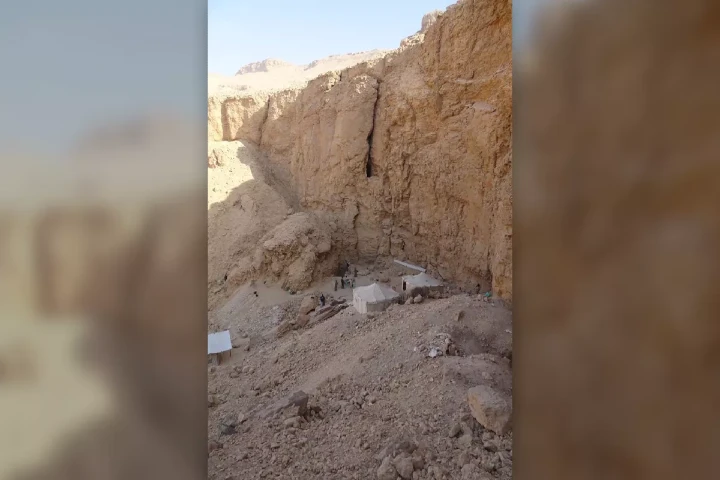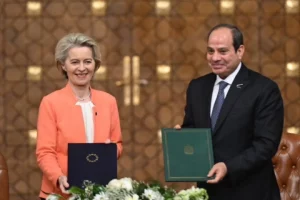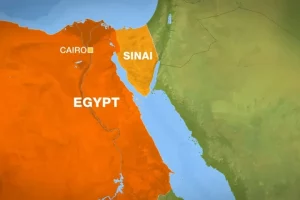Areas excavated near Luxor in Egypt have been yielding several archaeological discoveries. Adding to the list of finds of giant ram statues and a teenager’s mummy decked in jewellery, archaeologists as per a livescience.com report have now found a 3,500-year-old royal tomb.
Discovered in October, it was found at the Wadi Gabbanat el-Qurud which is situated close to the Valley of the Kings.
What makes this tomb important is the fact that it belongs to the period when Egypt was co-ruled by Hatshepsut, a female pharaoh. In their statement the archaeologists wrote: “Partial inscriptions and ceramic evidence suggest this was constructed during the joint-reign of Thutmose III and Hatshepsut.”
When he was just two years old, Thutmose III ascended the throne in 1479 BC and his stepmother, Hatshepsut, in the beginning acted as his regent and later she co-ruled this ancient empire with him until her death in 1458 BC.
Their joint rule was significant as it witnessed the building of a temple at Deir el-Bahri and the fabled successful Egyptian expedition to the far-away land of Punt. Punt, which scholars believe is located somewhere in East Africa, is described in ancient Egyptian history as a kingdom which produced and exported gold, blackwood, aromatic resins, ivory, ebony and wild animals.
The scholars are not able to pinpoint as for whom the tomb was originally constructed. The team in their statement mentioned: “Surviving decoration and the size of the few accessible chambers currently point to a royal burial of some importance, most likely, given the location [near the Valley of the Kings], the burial of a great royal wife and several children of a Thutmosid king.”
The team is also not certain about the number of human remains that are buried at the site.
There has been extensive damage to the tomb as a result of flooding in ancient times. The main axis of the tomb has been filled with debris which is hard and caused its ceilings to become weak and collapse. While digging and analysis of the tomb is still going on, it will take a lot of time to clear it and make it safe
The team included archaeologists from the Ministry of Tourism and Antiquities and the New Kingdom Research Foundation mission, which is affiliated with the MacDonald Institute for Archaeological Research at the University of Cambridge.




















